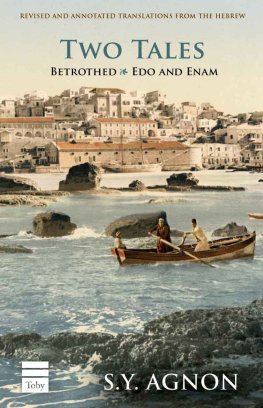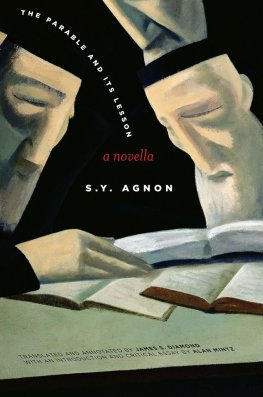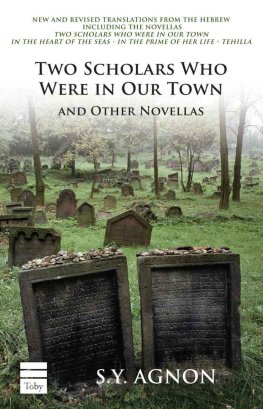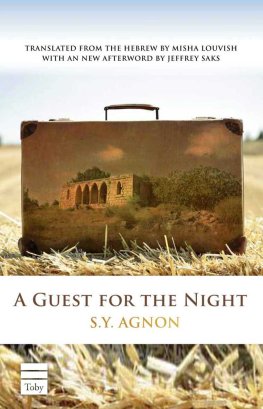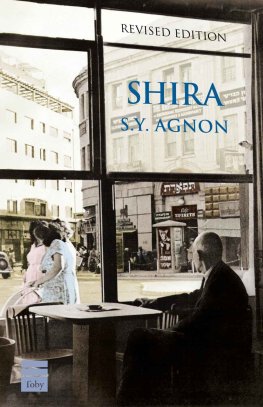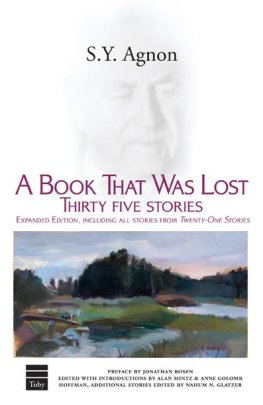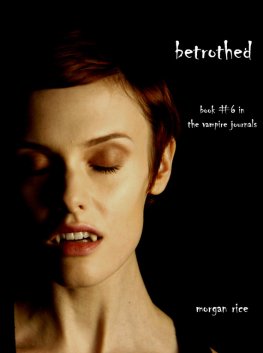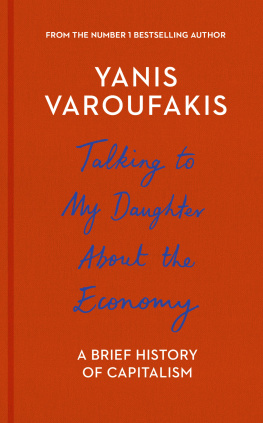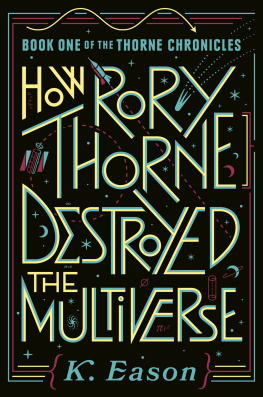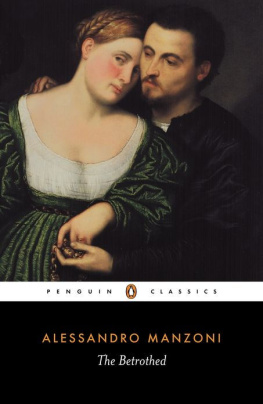S. Y. Agnon
Two Tales: Betrothed & Edo and Enam
As we near the fiftieth anniversary of the awarding of the Nobel Prize in Literature to S.Y. Agnon, Toby Press is pleased to issue this revised and newly annotated edition of Two Tales, which, when published in 1966 the year he received the prize was the first sampling of his modern stories made available in English.
Although the product of the same period of creativity, the conjoining of the two stories in one stand-alone volume was a conceit of the English-language edition (in Hebrew they appear as part of a much larger collection, Ad Henah). Nevertheless, the two stories are clearly in dialogue with one another, sharing elements of moonstruck sleepwalkers, disengaged academics, and the typically Agnonian unfulfilled love. On the other hand, the divergent tones of the two stories are remarkable when read side by side: Betrothed is set in a world of familiar reality (albeit with the intrusion of a surreal and indeterminate conclusion); Edo and Enam projects a dreamlike unreality, infused with mystery and mysticism, from beginning to end.
Betrothed (the storys title is more properly translated as Betrothal Oath; a promise to marry) was first published in 1943, and quickly became the subject of significant scholarly and critical debate. A childhood oath between Jacob and Shoshana, sworn at the edge of a Viennese garden pool (recall Biblical Jacob and Rachels well, Genesis 29), is reintroduced with force in their adult lives when they are reunited in Jaffa at the storys outset. Set in pre-World War I Palestine, it is this reunion, after many years, and its conjuring of memories of childhood promises and pains, which drives the plot.
Among the revisions to this edition is calling our heroine by her given name, Shoshanah. In the original translation, she had inexplicably been christened Susan perhaps Shoshanah was considered too ethnic a name for mid-century American readers. This revision to the translation will hopefully allow the reader to sense some of the symbolism and word-play at work Shoshanah meaning rose in Agnons most botanical of tales should not be a fact the reader can be allowed to overlook. (The precise meaning of Shoshanah, alternatively lily or rose depending on the layer of Hebrew one is speaking, is less important than the floral echo lent to the story.) Those familiar with Jewish liturgy will recall the line of the Purim song Shoshanat Yaakov tzahalah ve-samehah Jacobs rose rejoiced and was glad that is The joining of Jacob and Shoshanah was a source for rejoicing and gladness highlights the bitterness of the fact that, as Gershon Shaked has pointed out, the union of Jacob and Shoshanah does not seem to foster such joy. Or, as Dina Stern suggests in her unraveling of the storys subterranean sources (or, in Betrothed, submarinal) Shoshanah Ehrlich is the tragic incarnation of the heroine of Song of Songs: My beloved has gone down to his garden, to the spice beds, to graze in the gardens and to gather roses. I am my beloveds, and my beloved is mine, who grazes among the roses (6:23).
Dov Sadan pointed to Betrothed as proof that even Agnons stories that do not appear puzzling or enigmatic or deeply allegorical on the surface can still be interpreted as rich allegories in fact they almost demand it. Nevertheless, the narrative accomplishment allows the work to function on the revealed level of surface reading (peshat, in the language of Biblical interpretation) while hiding a complex allegory underneath. Not for nothing did Shaked compare Betrothed to Oedipus, Sleeping Beauty, Hamsuns Scandanavian provincial novels, and Roths Portnoys Complaint!
On the other hand, Edo and Enam (first published in Fall 1950) is a story so enigmatic and seemingly inexplicable that it can hardly sustain a simple reading at all. While Arnold Band has inveighed against the unfortunate focus on its complexity, which distracts the reader and critic from the aesthetic charm of the story, we are still confronted with an exceedingly rich tale; rich in themes, symbols, allusions, and Agnons intertextualities, with an unusually heavy dose of kabbalistic resonances. (That being said, for the non-Hebrew reader, Bands treatment of the tale is still the best available in English, for its plot summary, review of the criticism that had preceded him, exploration of themes, and overall literary analysis; see Arnold J. Band, Nostalgia and Nightmare: A Study in the Fiction of S.Y. Agnon, pp. 382396.)
In all cases, whether Band is correct about the degree of enigma enveloping Edo and Enam, we the readers still need to get at the elusive essential meaning of the story, which is set in Jerusalem of the final years of the British Mandate. The nameless narrator is house-sitting for the Greifenbachs, who have left behind their tenant Dr. Ginat, usually engrossed in his philological academic work or away conducting his research on the lost language of Edo and the Enamite Hymns. The itinerant manuscript merchant, Gamzu, is married to an exotic woman Gemulah, whom he had brought back to Jerusalem from her distant home among the lost tribe of Gad, where Ginats mysterious languages and hymns are still spoken and sung. It is this removal from her source that leads to Gemulahs strange sickness. If it is a reunion that sets the plot of Betrothed in motion, here it is severance (of person from place, Gemulah from Gad; person from person, Gemulah from both Ginat and from Gamzu) which drives the events to their tragic end. (Through the good graces of the garrulous game of gutteral gimmel-words the reader should have a sense of the alliterative word-play Agnon is up to in this story.) It is the triangle of Gemulah-Ginat-Gamzu which becomes the focus of the tale, most of which is told through narrative conversation. If produced for the stage, the drama would look a lot like a drawing room play, set within Greifenbachs book-lined study. We the audience would hear of the recluse Ginat and then hear the tormented Gamzu tell the tale of Gemulah. But no Nol Coward play would this be! There is nothing droll going on in Greifenbachs drawing room, aside perhaps from Gerdas speculation that Ginat has magically created a women for himself up in his room. More than she could know, that, too, turns out to be more tragic than comedic, as the final scene shifts out of the drawing room and up to the rooftop.
Baruch Kurzweil identified connections between Edo and Enam and Agnons Sefer HaMaasim story cycle, and its dreamlike or nightmarish surrealism. If Betrothed can be read as Agnons modern midrash on Song of Songs, Kurzweil is correct in identifying Edo and Enam as his take on Ecclesiastes with its focus on themes of eros and death.
Finally, when we describe these Two Tales as exemplars of Agnons modern stories, we mean set in the new world of revived Jewish life in the Land of Israel, not the Yishuv HaYashan of Jerusalem of old, nor Galicia of Reb Yudel in The Bridal Canopy. But they are modern in a more essential way as well. In the end, Jacob, like so many of the Jews of the Second Aliya, departs for America; Gemulah in a story that portrays tensions between source and destiny (Meshulam Tochners hermeneutical explanation of the title) cannot survive in the new Jerusalem when taken out of her native element. These stories, authored shortly before and immediately after the establishment of the State of Israel, raise very modern questions about Jewish life, and like so much of Agnons writing, explore the connection and disconnection between what was and what is, tradition and modernity, there and here and the degree to which the two sides of each of these dyads can be bridged, if at all.
Jeffrey Saks

